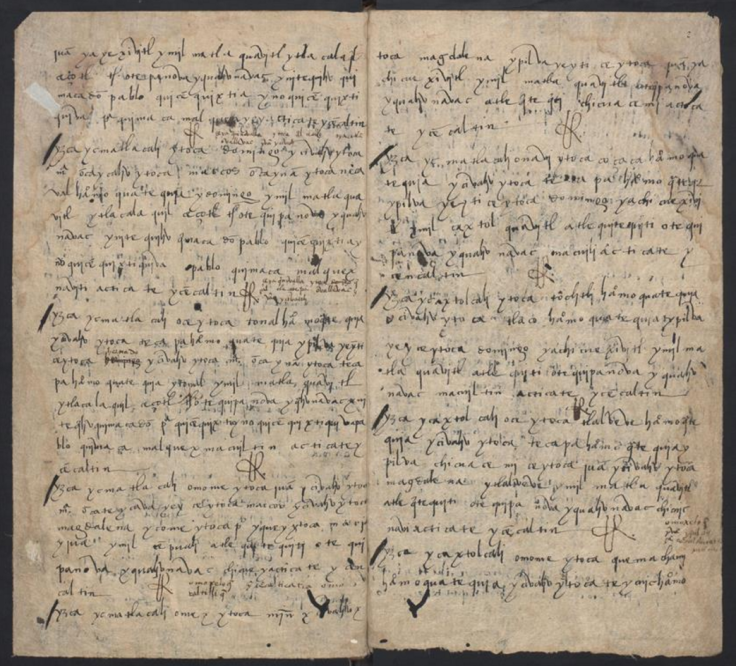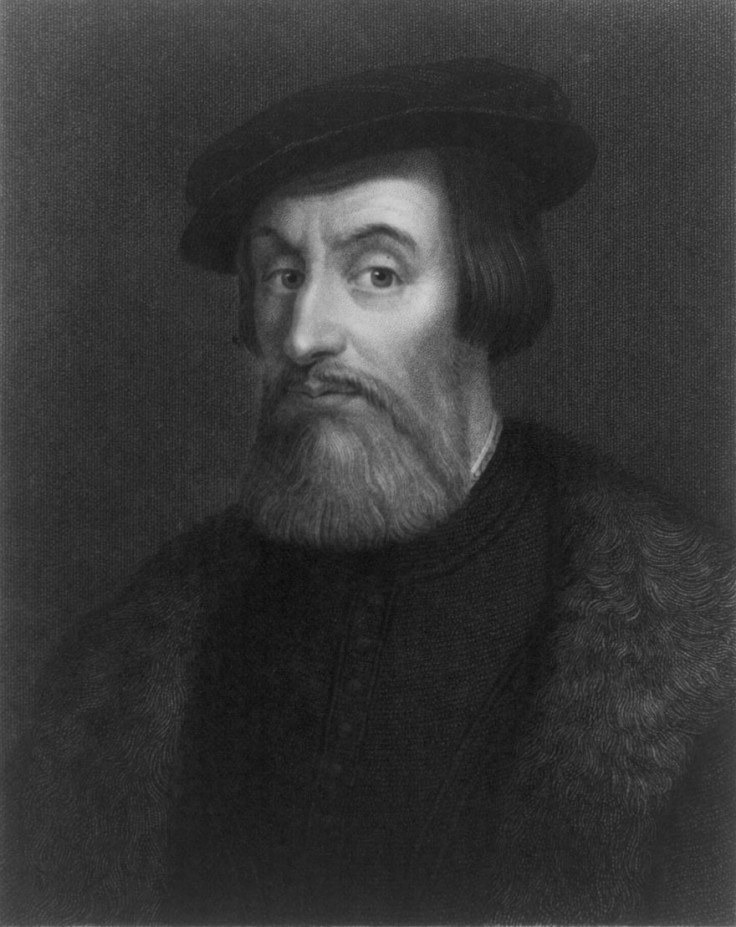Discovery of Aztec document reveals early history of Christianity in Cortés' Mesoamerica
The document is a census of the land that conquistador Hernando Cortés was awarded by the Spanish king.

One of the oldest documents in the Aztec language has been rediscovered in a Polish university library, sparking an investigation of the immediate aftermath of Cortés' invasion of the Aztec civilisation in what is now Mexico.
The document was written 500 years ago in Nahuatl, the language of the Aztecs, but uses the Roman alphabet, introduced by European settlers. It dates from 1519-24, the period during and shortly after the conquest.
It's thought the census was ordered by Cortés to discover the worth of the land that he had been awarded by the Spanish king. It covers the Marquesado del Valle de Oaxaca, which included a large swathe of the present-day Mexican regions of Oaxaca, Morelos, Veracruz and Michoacán.
The census reveals the landscape of villages of 200-250 people, from the food they ate, the taxes they paid and the people in the average household. The document has also revealed a previously unknown tax, on eggs, corn and cocoa.
Early Christianity in Mesoamerica
An important facet of society in the period shortly after the European invasion is who was exempt from taxes. People who were not required to pay tribute to Cortés included widows and the nobility, who were tasked with controlling the locals.
"Exemption from paying tribute can be compared to giving alms to a beggar, which was considered a good deed among Christian [settlers]," said Julia Madajczak of the University of Warsaw, who is leading the research on the document.
Slavery was widespread in the region, which was accepted by the European Christian settlers. Missionaries of the time claimed to have converted the whole native population, but the census document reveals that frequently only the children of the household had been baptised.
"Cortés himself was a devout Catholic, concerned about the matter of eternal life," said Madajczak.

In each village in the Marquesado del Valle de Oaxaca, Cortés's representatives would destroy shrines of the native population's religion and replace them with icons of the Virgin Mary, said Madajczak.
"He did that immediately after entering each village, ignoring the threat of angered residents, and he often had to flee. This attitude undoubtedly proves that he was a person of strong faith, ready to die for it," she said.
How did the Aztec census end up in Poland?
There is a large blank spot in the document's known history. Between its time of writing and the 19th century, little is known of its whereabouts. Records then show that the document was bought from an antiquities dealer in Mexico by a German trader in the 19th century, who gave it to Prussian royalty. It was then donated to the Royal library in Berlin.
It was studied in the early 20th century in Germany, but was moved to Książ castle in Silesia, Poland, for safety with the onset of the Second World War. It was then to the abbey in Krzeszów, Silesia, with other historical documents, which were eventually donated to the Jagiellonian Library in Kraków. It was only many decades later that the documents were identified.
A three-year project will now be the first in-depth study of Cortés' census.

© Copyright IBTimes 2025. All rights reserved.






















